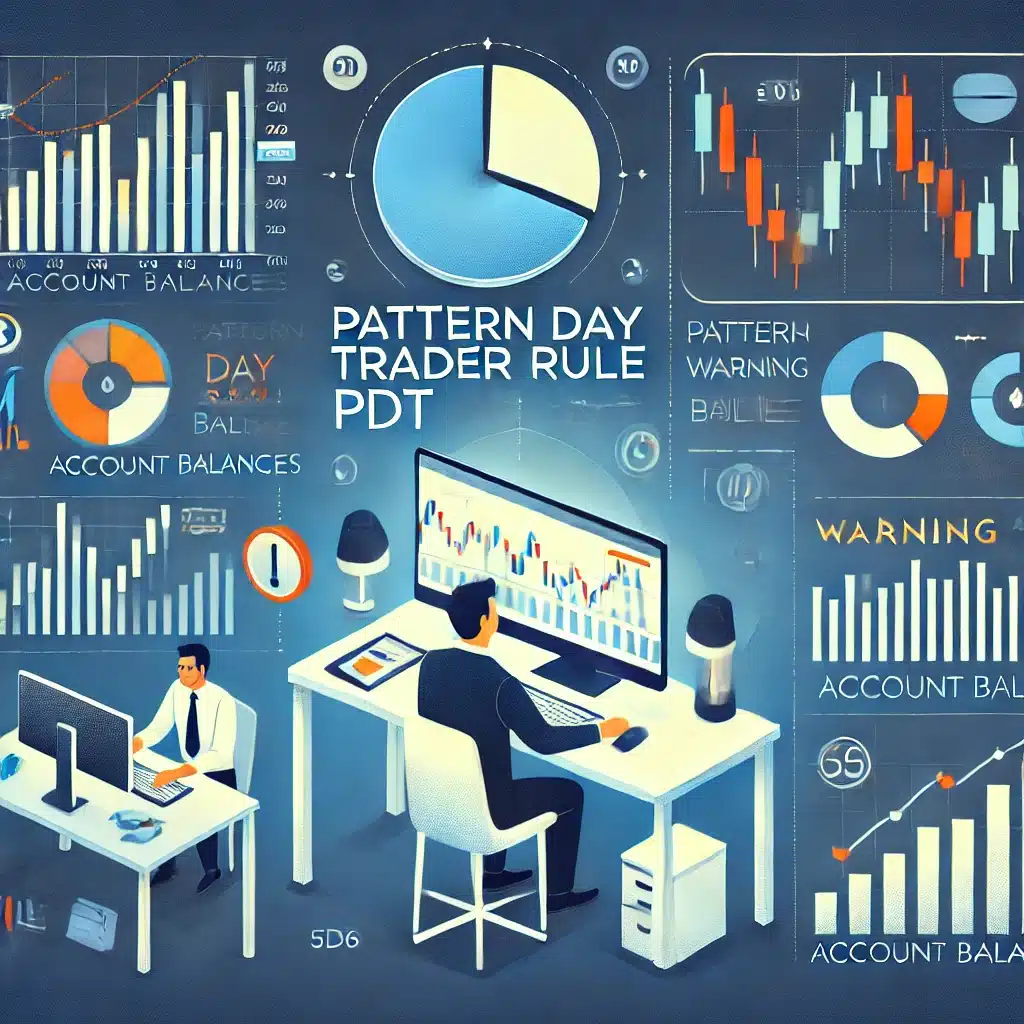Navigating the Impact of New Tariffs
Navigating the Impact of New Tariffs

The recent implementation of substantial tariffs, including a 25% tariff on goods imported from Canada and Mexico and a 10% duty on imports from China, has introduced significant volatility into global markets. Investors are now challenged with understanding these trade policies’ implications and adapting their strategies accordingly. This comprehensive guide explores how these tariffs impact various sectors and outlines strategies investors can adopt to mitigate risk and capitalize on opportunities.
Understanding Tariffs: Economic Implications on Investment Strategies
Tariffs are taxes imposed on imported goods, intended to protect domestic industries from foreign competition, boost local production, or address trade imbalances. However, they often lead to higher costs for consumers and businesses alike, impacting overall economic health and investment landscapes.
How Tariffs Affect Market Dynamics
Tariffs influence prices, demand, supply chains, and competitiveness across industries. Increased import costs typically result in reduced profit margins, potentially causing inflation and shifting market dynamics significantly.
Sectoral Impacts of the New Tariffs
Automotive Industry
The automotive sector heavily relies on steel and aluminum, materials significantly affected by the 25% tariff on imports from Canada and Mexico. This increase raises production costs, potentially leading to higher consumer prices and reduced competitiveness of U.S.-produced vehicles globally.
Agriculture Sector
Agriculture faces reduced export competitiveness due to retaliatory tariffs from Canada, Mexico, and China. These retaliatory actions may shrink market access for American agricultural products, hurting profitability and forcing strategic shifts for investors in this sector.
Agriculture Adjustments
Investors should consider diversifying into agricultural sectors less reliant on exports or investing in technological advancements to improve productivity and reduce costs.
Technology and Electronics
A 10% tariff on Chinese imports heavily impacts the tech industry, affecting everything from semiconductors to consumer electronics. Companies dependent on Chinese components face supply chain disruptions, increased costs, and margin pressures.
Retail and Consumer Goods
Higher import duties from China directly affect retail pricing. Investors in consumer goods companies must carefully assess how effectively these businesses manage cost increases through pricing power, supplier diversification, or product innovation.
Adapting Investment Strategies to Tariff-Induced Volatility
Successful investing amid tariffs requires adaptability. Investors must shift allocations strategically across sectors and regions to protect their portfolios from tariff-induced volatility.
Regional Diversification
Investors should consider increasing allocations to regions less directly affected by recent tariffs. Emerging markets in South America, Asia (excluding China), and select European economies may offer alternative growth avenues.
Benefits of Regional Diversification
- Reduced exposure to tariff-induced volatility
- Access to new growth markets
- Increased portfolio resilience
Embracing Defensive Stocks
Investors can mitigate risks by shifting focus toward defensive sectors like utilities, healthcare, and consumer staples, historically known for their stability during economic uncertainty. These sectors typically experience less disruption from global trade issues.
Prioritizing Domestic Supply Chain Companies
Companies with predominantly domestic supply chains or diversified global sourcing are better positioned against tariff-related disruptions. Investing in businesses emphasizing local production or flexible supply chains could help mitigate tariff risks.
Tactical Asset Allocation to Mitigate Tariff Risks
Effective asset allocation is vital for managing investment risks, especially in a tariff-driven market environment.
Increased Exposure to Bonds
In uncertain economic times, bonds offer relative stability compared to equities. Investors should consider allocating more capital toward high-quality government and corporate bonds to stabilize returns.
Bond Investment Advantages
- Lower volatility
- Regular income streams
- Capital preservation during uncertainty
Alternative Investments
Exploring commodities such as gold, silver, or real estate investments can provide protective measures against tariff-induced inflationary pressures. These alternative assets typically offer stability during periods of heightened economic volatility.
Long-Term Investment Strategies Amid Tariff Challenges
Long-term strategies can turn tariff challenges into investment opportunities. Businesses that effectively navigate tariff changes may emerge stronger, making them appealing long-term investments.
Sectors Positioned for Growth
Logistics and Supply Chain Management
Companies offering innovative solutions for efficient logistics and adaptive supply chain management stand to benefit significantly in response to changing tariff environments.
Automation and Robotics
Increased tariffs may accelerate automation investments to mitigate rising labor and input costs. Investors could capitalize on companies that specialize in automation technology, providing substantial long-term returns.
Renewable Energy
The tariffs could stimulate investment in domestic renewable energy production, reducing reliance on imported energy resources and components.
Risk Management Strategies in Response to Tariffs
Robust risk management is crucial during economic disruptions. Investors must be proactive and responsive to evolving market dynamics influenced by tariff policies.
Active Monitoring
Consistently monitoring developments in tariff policies, market reactions, and sector performance is crucial. Keeping abreast of regulatory changes allows timely strategic adjustments to protect and optimize your investment portfolio.
Utilizing Hedging Instruments
Investors can use financial instruments such as futures contracts, options, and ETFs designed to hedge against tariff-induced risks. These instruments provide a financial buffer, mitigating potential losses from adverse market movements.
Final Thoughts: Navigating Investment Strategies in a Changing Tariff Landscape
Navigating the new tariff landscape requires an informed, strategic approach. Investors must remain agile, regularly reviewing and adjusting their portfolios in response to market shifts. By diversifying regionally, focusing on defensive and domestic-oriented sectors, employing tactical asset allocation, and maintaining robust risk management practices, investors can effectively navigate tariff-induced volatility. Embracing these strategies not only protects portfolios but also positions investors to capitalize on new market opportunities presented by shifting global trade dynamics.
With thorough preparation, continuous monitoring, and strategic responsiveness, investors can turn challenges posed by new tariffs into opportunities for sustained investment success.
Check out articles on:
- Introducing to Options Trading
- Mastering Butterfly Spreads
- The Power of Diagonal Spreads
- The Power of Iron Condors
- The Power of Vertical Credit Spreads
- How to Succeed Trading Stocks, and Stock Options in a Volatile Market
Elevate Your Options Trading Skills
Ready to master options? Join our community for in-depth education on options trading, live sessions, and expert analysis of options trading strategies. Sign up today to start profiting from market swings using advanced options trading strategies!
Below are the links:
- Day Trading Room
- Swing Trading Room(Short-term)
- Small Account Mentorship
- SPX Trading Alerts(Alerts Only)
- Revolution Swings(Alerts Only)
To your success,

Billy Ribeiro is a globally recognized trader renowned for his mastery of price action analysis and innovative trading strategies. He was personally mentored by Mark McGoldrick, famously known as “Goldfinger,” Goldman Sach’s most successful investor in history. McGoldrick described Billy Ribeiro as “The Future of Trading,” a testament to his extraordinary talent. Billy Ribeiro solidified his reputation by accurately calling the Covid crash bottom, the 2022 market top, and the reversal that followed, all with remarkable precision. His groundbreaking system, “The Move Prior to The Move,” enables him to anticipate market trends with unmatched accuracy, establishing him as a true pioneer in the trading world.
Connect with us:






